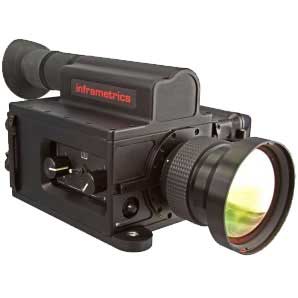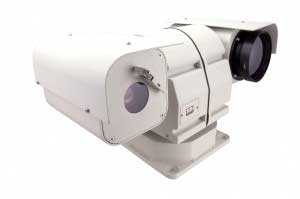Infrared Camera Types – Infrared Cameras Explained Before You Buy
Things to Consider Before Choosing an Infrared Camera
- Purpose? – What do you need it for? Do you need an all purpose thermal imager for a wide variety of applications? Is there a specialized task to complete with specific requirements? Is it to be used for law enforcement, healthcare, industrial or scientific purposes?
- Practical? – Is it practical for you to buy an infrared camera, rent one or hire a thermography professional? With the prices of infrared cameras becoming more affordable thanks to the uncooled microbolometers, it’s becoming a more popular tool for folks outside of science. However, if you are only going to need it for a specific project or using it for a one time pre-purchase home inspection, infrared camera rental and hiring thermography professionals become viable options.
- Price? – What is your budget? Like most things, money is often a constraint that dictates what equipment you are able to buy or rent.
Infrared Wavelengths
There are several bands of infrared wavelengths in the electromagnetic spectrum, each having their own distinct frequencies & characteristics. As such, many different infrared camera models are developed to measure different rages for different purposes.
Infrared Camera Types
-
Short Wavelength Infrared
Short wave infrared is also defined by water absorption, but at a level of 1,450 nm it increases significantly, making it the standard for long distance telecommunication.
SWIR Wavelength
SWIR Frequency
An example of an SWIR infrared camera would be the IR 400 radiometric camera.The IR400 has an SWIR 20° FOV lens & a Macro focus feature that lets you really zoom in on small objects for stunning thermal imaging. It features a rugged design that makes it perfect to use in harsh industrial environments. It has multiple color palettes to enhance your thermography for research & development or condition monitoring.
-
Mid-Wavelength Infrared
Mid-Wavelength is in the “thermal imaging” range, and is very commonly used in heat-seeking missile guidance systems and in many infrared camera systems used for thermography.
MWIR Wavelength
MWIR Frequency
The FLIR MilCam is an infrared camera with an MWIR lens that has a spectral range of 3.4 to 5.1 µm, that in some cases can penetrate glass to see what’s behind it. (A common misconception is that thermal imaging cameras can “see through” glass. That is untrue. IR cameras measure heat, so many times if someone is behind a plane of glass, the glass can successfully block the heat signature rendering nothing but the glass object at its heat signature). This is a laboratory grade MWIR infrared camera that combines maximum range with maximum sensitivity, making them highly sought after for security, science and military operations.
-
Long-Wavelength Infrared
LWIR is also in the “thermal imaging” category, and requires absolutely no light to operate because it measures nothing but heat emissions. Most modern infrared cameras are either MWIR or LWIR. These cameras are especially versatile, and are used for law enforcement, surveillance, security, search & rescue, medical & veterinary thermography and pretty much anything else you can think of.
LWIR Wavelength
LWIR Frequency





